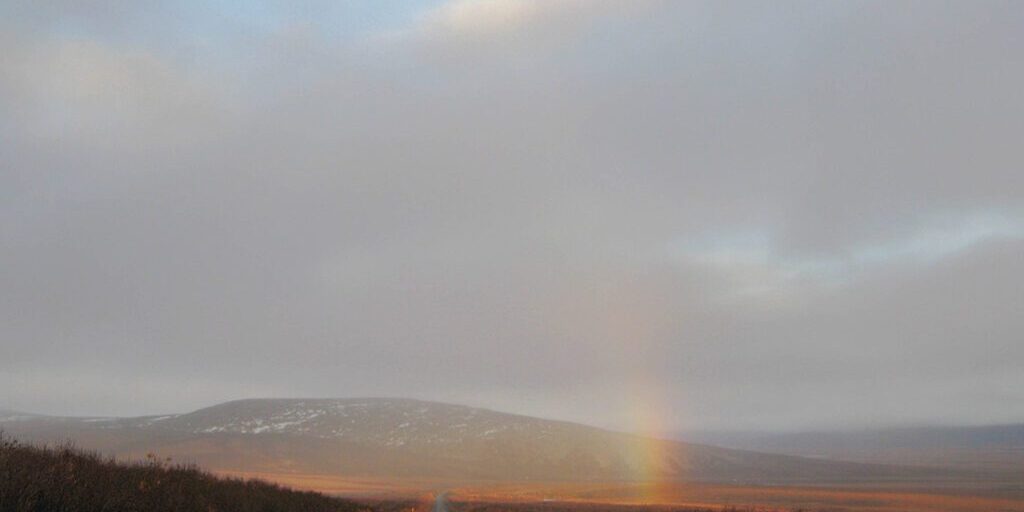Nome’s climate records continue to be broken. The latest was the Goldrush City’s amount of daily rainfall, which was set at more than one and a quarter inches of rain earlier this week.
“On the 14th [of September] 1.27 inches of rain [fell] at the Nome airport. That was a daily record.”
– Rick Thoman
Rick Thoman is a climate specialist with Alaska Center for Climate Assessment and Policy (ACCAP). He says this record comes on the heels of a rainy April, but an abnormally dry June and July in the Nome area.
“Not the monthly record, not even close; that was over 2 inches on September 11th in 1915. But given the lack of rain in the second half of summer, this was a good soaking. An inch and a quarter at the Nome airport, inland from Nome up at Dexter and Banner Creek, over 2 inches of rain.”
– Rick Thoman
According to Thoman, the rest of the Bering Strait region has gotten generally a half inch or more this week.
The National Weather Service office in Fairbanks issued an elevated surf advisory on Tuesday and Wednesday for the region. Water levels were expected to rise up to 3 feet above the normal tide line in some areas, although no communities have reported water damage at this time. If you or your community experienced water damage or erosion from the elevated surf this week, please call the NWS in Fairbanks.
And more moisture could be in Western Alaska’s future as NOAA’s Climate Prediction Center says a La Nina pattern has developed in the Pacific Ocean.
A La Nina historically has brought colder winters and cooler-than-average sea surface temperatures to the region. However, Thoman says that’s only one piece of the puzzle.
“It’s probably likely early winter will tilt towards warm[er temperatures] because of that warm ocean and later sea ice formation. Later in the winter though, there’s at least potential for some cooler weather. And if that sounds familiar, that’s almost exactly what happened last winter [in Western Alaska] and of course we didn’t have a La Nina last winter.”
– Rick Thoman
As Thoman puts it, we’ll just have to wait and see how warmer ocean temperatures and the later formation of sea ice factors into the upcoming winter for the Bering Strait region.
Image at top: The road to Pilgrim Hot Springs featuring a rainbow following a recent rain storm in the Nome area. Photo from KNOM file.




